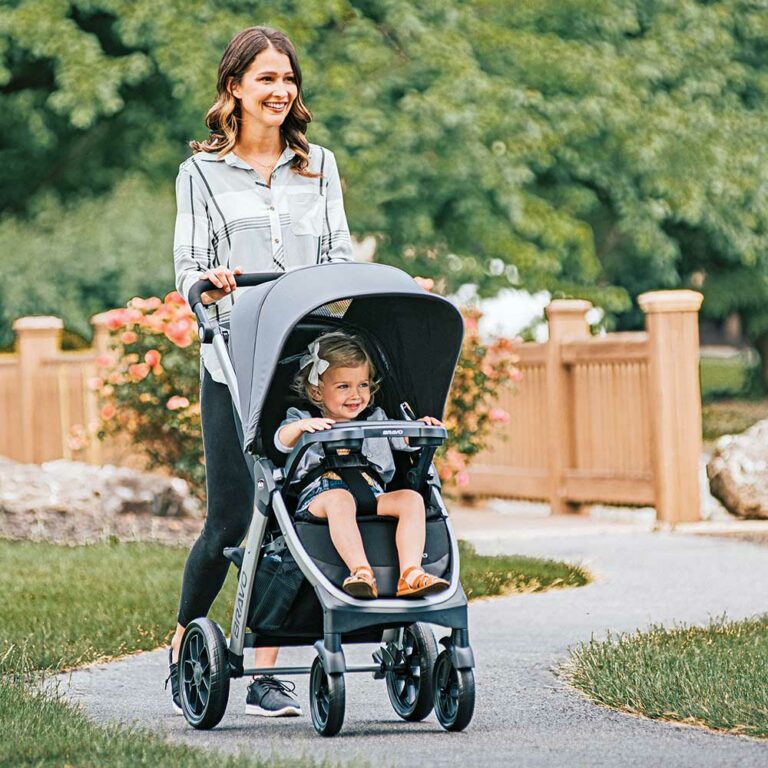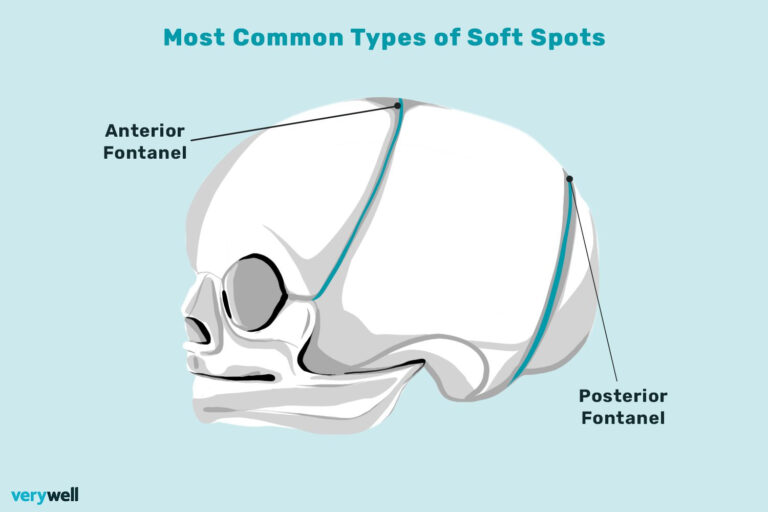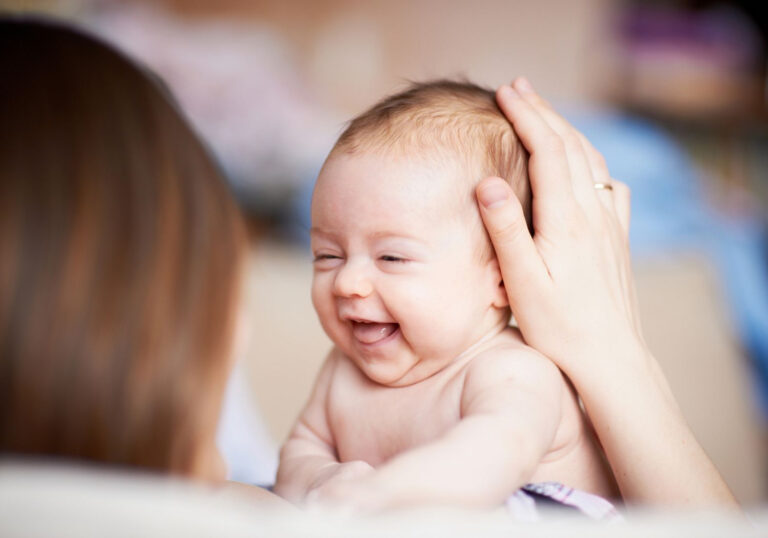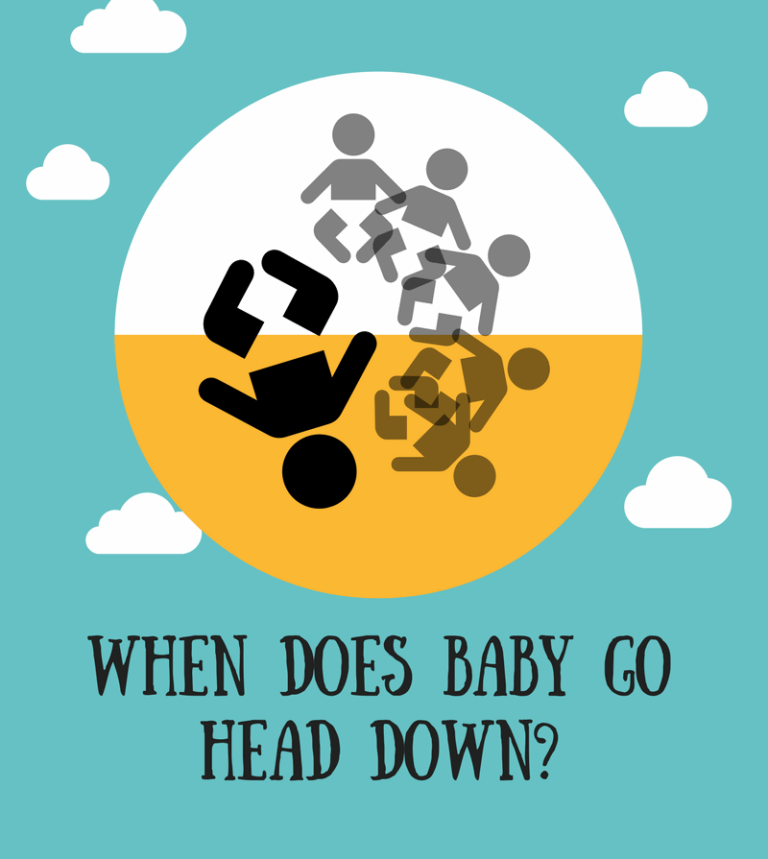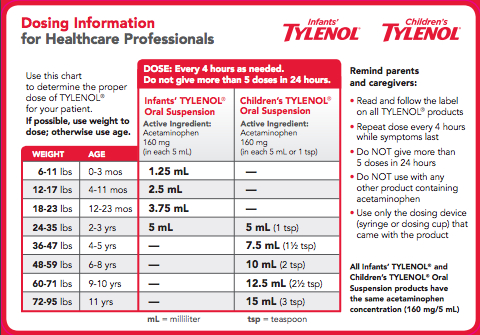How to Safely Carry a Baby in a Car Seat: A Comprehensive Guide
When it comes to traveling with your little one, ensuring their safety is always a top priority. One crucial aspect of this is knowing how to properly carry a baby in a car seat. From choosing the right type of car seat to understanding the correct positioning and safety precautions, there are several key factors to consider. Let’s delve into the essential details of how to safely carry a baby in a car seat.
Let’s explore the different types of car seats for babies, the importance of proper installation, the correct positioning of the baby, and the safety precautions that should be taken while carrying your precious cargo in a car seat.
Types of car seats for babies

When it comes to ensuring the safety of your little one while driving, choosing the right car seat is crucial. There are various types of car seats designed specifically for babies, each offering different features and benefits to keep your child secure during car rides.
Rear-Facing Infant Car Seats
- Rear-facing infant car seats are specially designed for newborns and younger babies.
- These seats provide a snug fit for infants and are equipped with harness systems to keep them secure.
- They are portable and often come with a detachable carrier which can be convenient for parents.
Convertible Car Seats
- Convertible car seats can be used in both rear-facing and forward-facing positions, making them suitable for infants as well as toddlers.
- They offer extended use as your child grows, accommodating a higher weight limit compared to infant car seats.
- Convertible car seats are a cost-effective option as they can be used for a longer period of time.
All-in-One Car Seats
- All-in-one car seats are versatile and can be adjusted to function as rear-facing, forward-facing, and booster seats.
- These seats provide long-term use and are suitable for children of various ages and sizes.
- They offer convenience and flexibility for parents who prefer a single car seat solution.
Booster Seats
- Booster seats are designed for older children who have outgrown their forward-facing car seat.
- These seats elevate the child to the correct height to ensure that the seat belt fits properly.
- Booster seats are essential for children who are too small for the regular seat belt but too big for a traditional car seat.
Proper installation of a car seat

Properly installing a car seat is crucial for the safety of your baby while traveling in a vehicle. Here are step-by-step instructions on how to install a car seat correctly and some common mistakes to avoid during the installation process.
Step-by-step installation process
- Read the car seat manual thoroughly to understand the installation process specific to your car seat model.
- Place the car seat in the back seat of your vehicle, preferably in the center position.
- Secure the car seat using either the LATCH system or the vehicle’s seat belt, following the manufacturer’s instructions.
- Adjust the recline angle of the car seat according to your baby’s age and weight.
- Ensure the car seat is tightly secured with minimal movement when tested at the base.
Common mistakes to avoid
- Not reading the car seat manual: Each car seat model has specific installation instructions that must be followed.
- Incorrect placement: Avoid placing the car seat in the front seat or near an airbag deployment zone.
- Loose installation: A car seat should not move more than an inch in any direction when properly installed.
- Incorrect recline angle: Adjust the recline angle based on your baby’s age to prevent head slump or breathing difficulties.
- Using aftermarket products: Avoid adding accessories or products that are not approved by the car seat manufacturer.
Positioning the baby in the car seat
When it comes to positioning your baby in the car seat, safety is the top priority. Ensuring that your little one is secured properly can make a huge difference in the event of an accident.
Explain the correct positioning of the baby in the car seat.
It is crucial to position your baby in the car seat according to the manufacturer’s instructions. Typically, this means that your baby should be rear-facing until they reach the maximum height or weight limit for the seat. This position provides the best protection for your baby’s head, neck, and spine in the event of a crash.
Role of harness straps and how to adjust them properly
- Make sure the harness straps are at or below your baby’s shoulders to keep them secure in the seat.
- Adjust the straps so that you can fit no more than one finger underneath them. This ensures a snug fit without being too tight.
- Check that the harness clip is positioned at armpit level to prevent the straps from slipping off your baby’s shoulders.
Ensuring the baby is snug but comfortable in the car seat
- Place a thin blanket over your baby if needed to keep them comfortable without adding extra padding that could compromise safety.
- Ensure that your baby’s head is properly supported with the headrest or insert provided by the car seat manufacturer.
- Regularly check the fit of the harness straps as your baby grows to make sure they are snug and secure.
Safety precautions while carrying a baby in a car seat
Carrying a baby in a car seat requires extra caution and attention to ensure the safety of the little one. Here are some important safety precautions to keep in mind:
Avoiding potential hazards
- Avoid placing the car seat on an elevated surface where it can easily fall.
- Avoid carrying the car seat with the baby inside on unstable or uneven ground.
- Avoid carrying the car seat by the handle with just one hand, as it may tip over.
Importance of not leaving the baby unattended
It is crucial never to leave the baby unattended in the car seat, even for a short period. Babies can easily move and shift position, which can lead to potential hazards. Always ensure that the baby is securely strapped in and supervised at all times.
Tips for securing the car seat in the vehicle
Always follow the manufacturer’s instructions for installing the car seat in your vehicle.
- Secure the car seat tightly using the seat belt or LATCH system to prevent it from moving during travel.
- Double-check the installation to ensure it is correctly positioned and the baby is snugly strapped in.
- Regularly inspect the car seat for any signs of wear or damage and replace if necessary to maintain safety.
FAQ Summary
Can I reuse a car seat after an accident?
It is recommended to replace a car seat after any accident, even a minor one, as the structural integrity may be compromised.
At what age can a baby sit forward-facing in a car seat?
It is safest for babies to remain in a rear-facing car seat as long as possible, typically until they reach the height or weight limit set by the car seat manufacturer.
Should bulky clothing be worn under the harness straps in a car seat?
Avoid dressing your baby in bulky clothing under the harness straps as it can affect the proper fit and tightness of the straps. Instead, use a blanket over the straps for warmth.
